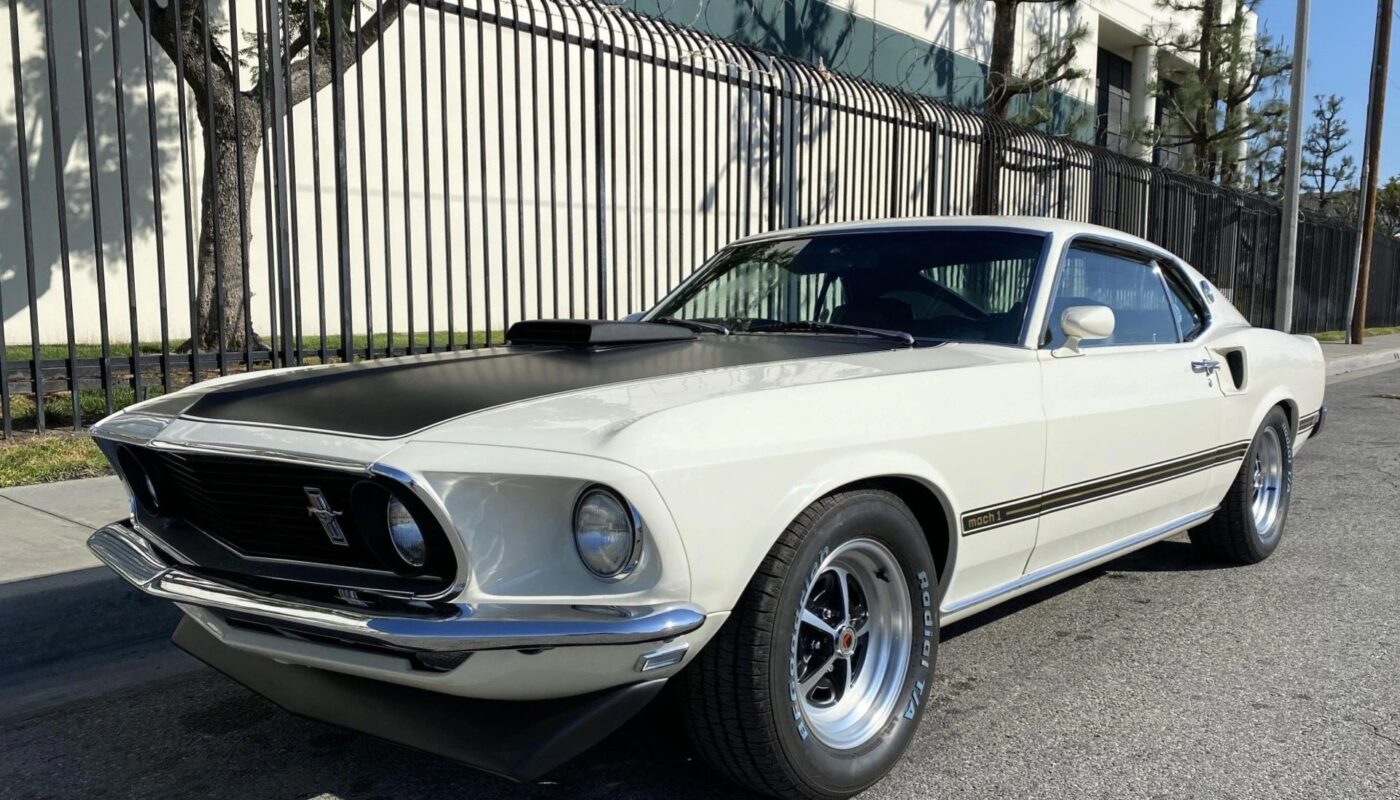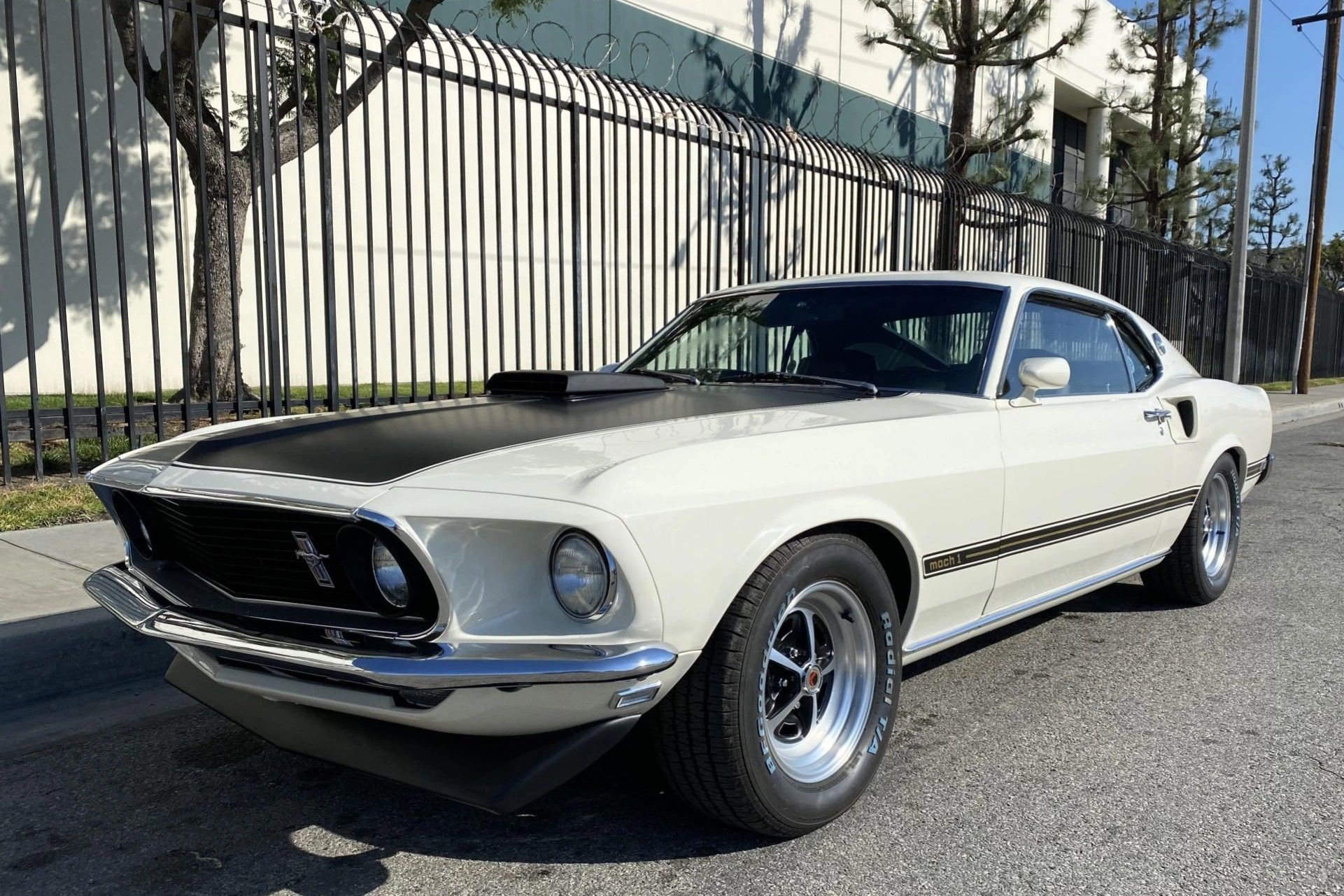
The Cobra Jet, and the Super Cobra Jet, are commonly mistaken as being one and the same, but that is not the case. The exterior styling is the same, with the shaker hood scoop on top of the black hood that was held down with dual pins, suspension built for competition, chrome gas cap cover and exhaust tips, chin and rear spoilers, and window louvers. The interior was also the same improved and luxurious style. However, one big difference could be found between the two. The enhanced connecting rods and crankshaft helped produce better performance at higher RPMs, which made the Super Cobra Jet Mach I a car built more for the quarter-mile track than the basic Cobra Jet Mustang.
5 1969 Mach I Mustang Had Improved Suspension For Cobra Jet Version
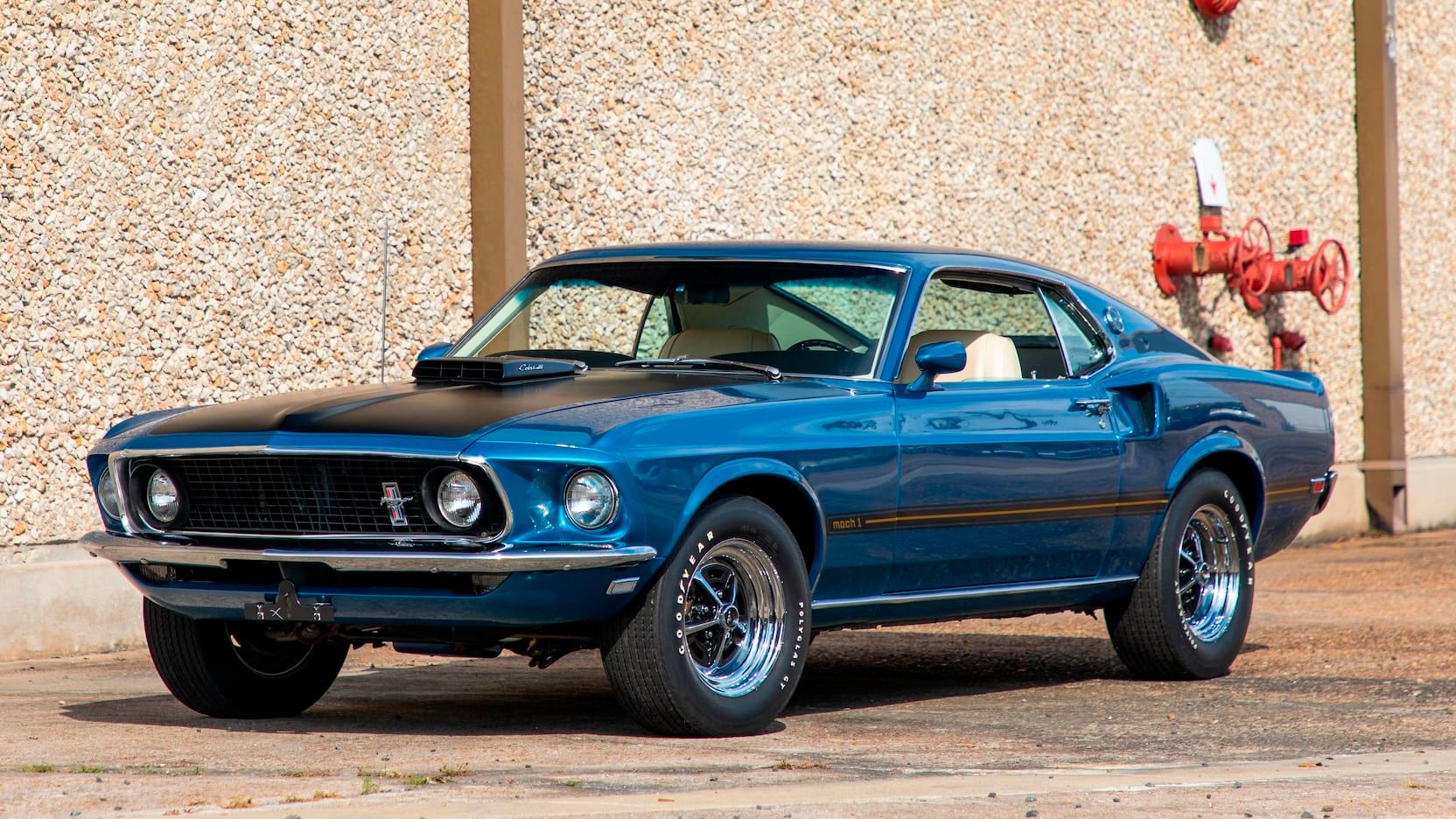
The base-level suspension systems built into the 1969 Mach I Mustang worked great for the 351 Cleveland, which was the standard engine for them. It is simply not enough when adding in a big block engine’s extra weight and torque. Any Mach I in ’69 with a big block motor automatically came off the production lines with reinforced front shock towers, thicker front sway bars, and strengthened shocks and springs. The Cobra Jet version of the Mustang also received staggered rear shocks, which helps reduces tire stutter when the wheels begin to slip under acceleration.
4 Interior Was More Luxurious Than Might Be Thought For A Mustang
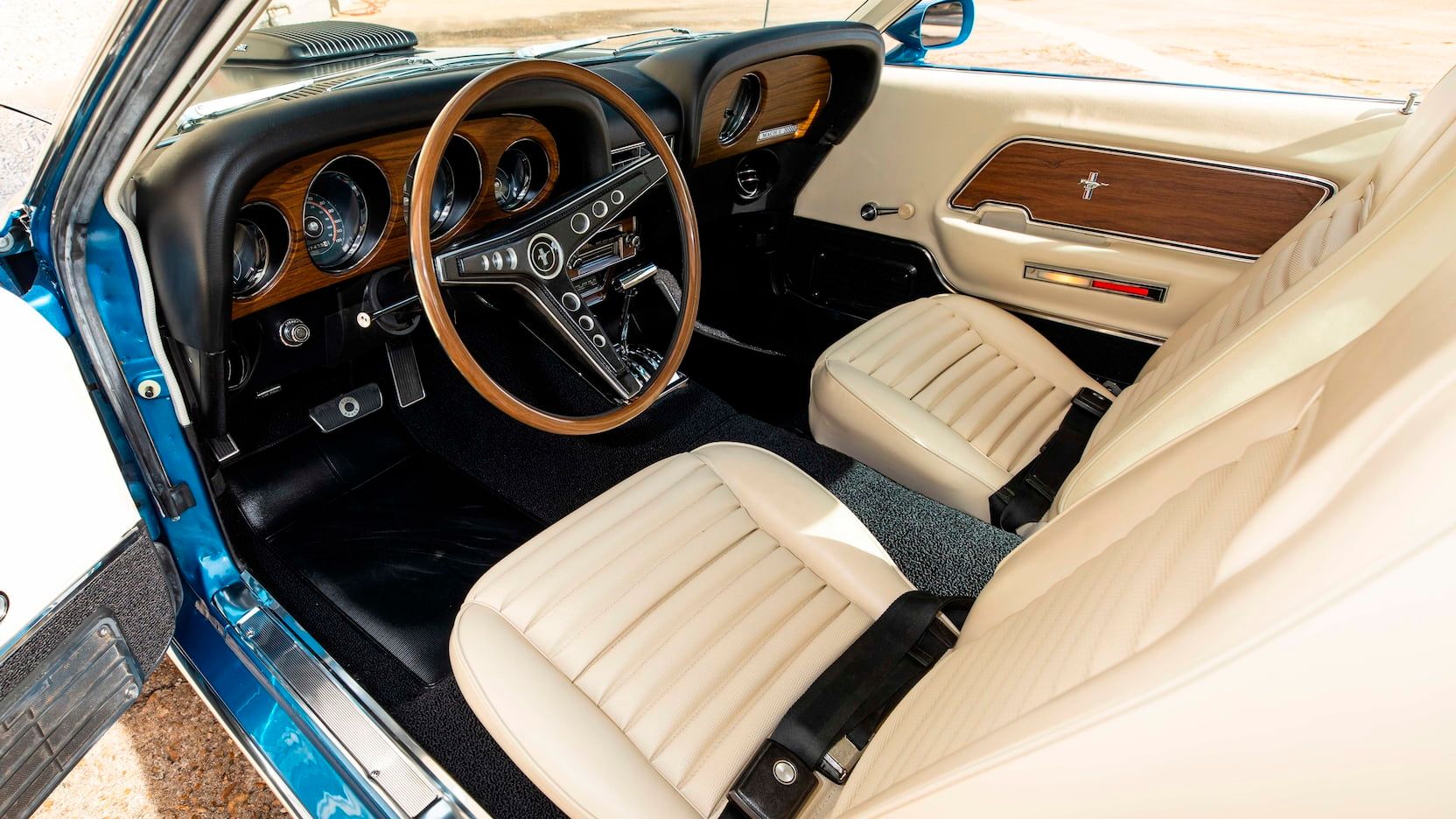
In the ’60s, one of Ford’s most luxurious vehicles was the Thunderbird, so it would never have been imagined that the company designers would produce another model with anything but the basic interior. They did, though, which can be seen once the door is opened on the 1969 Mach I. The first thing that would be noticed is the simulated wood ingrained into the dash and door panels. The other items that would not be expected would be the clock on the dash in front of the passenger, a built-in area for the glove box, and a radio bevel that protruded from the surrounding dash. None of which make it a high-end luxury car, but definitely much more than would typically be expected from a car built for power.
3 The ’69 Mach I Cobra Jet Was Lengthened To Improve Handling
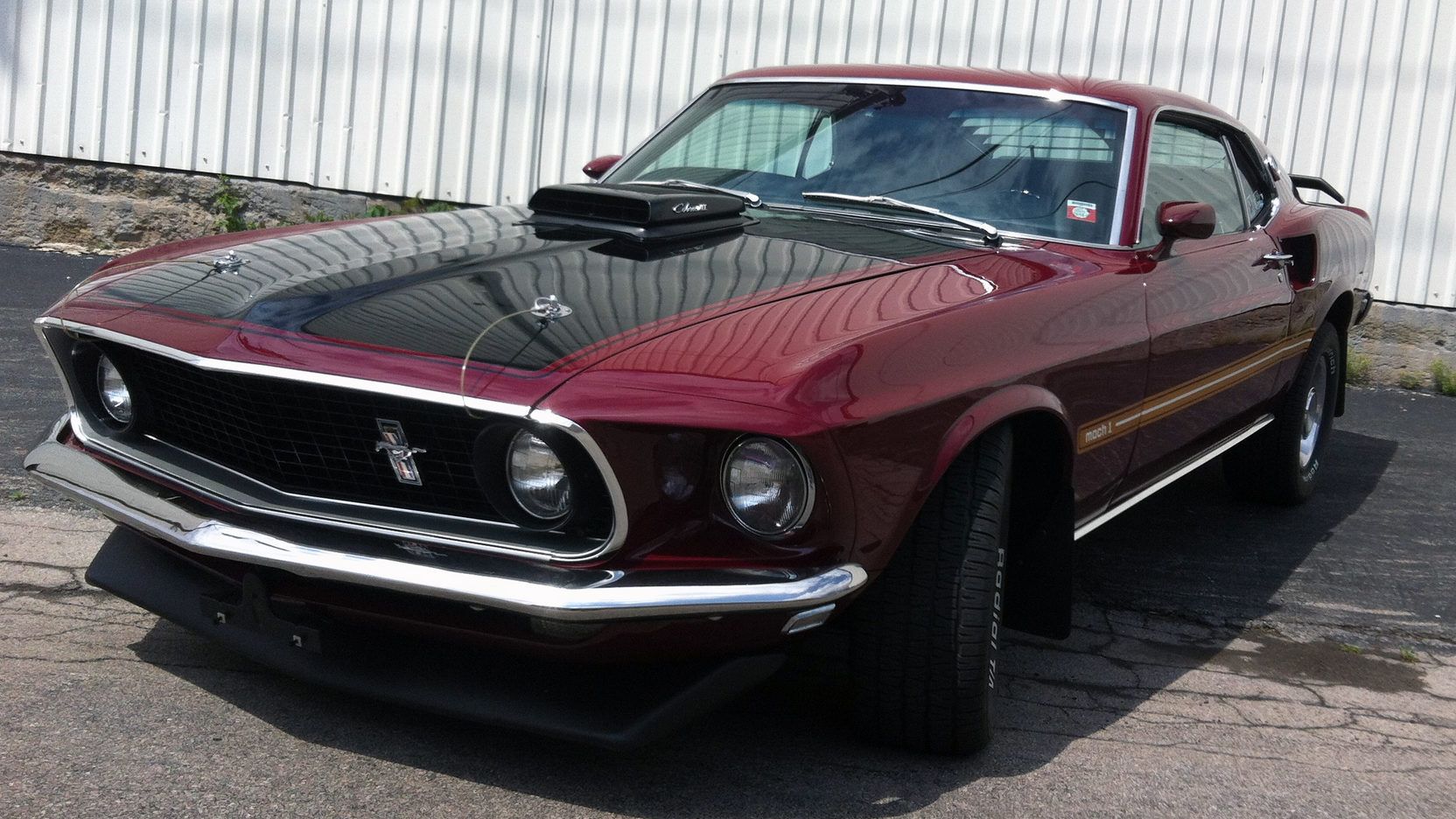
To improve the handling of the much more powerful Cobra Jet ‘Stang, the car was designed and produced to be 3.8 inches longer and widened by half an inch. The idea was to push the engine, and the occupants, further back to help with the car handle through curves and switchbacks. The idea was sound and worked reasonably well with the ’69 Mach I that had a small block or six-cylinder under the hood. For the Cobra Jet versions with a heavier engine, the added length of the car did not help as much as expected because the power and torque were simply too much, which made the vehicle squirrelly in the back end when the pedal was smashed to the floor.
2 The Super Cobra Jet Mach I Was Not Advertised As An Option

For some reason, Ford never thought, or wanted, to advertise the Super Cobra Jet (SCJ) option when they pushed the Mustang onto the market. The 1969 Super Cobra Jet Mach I was only known to those who had completed their homework or diligently followed along with the industry news. But even then, two separate designations could be chosen for the engine. Thankfully, for everyone who understood the Drag option’s benefits, the Mach I was automatically upgraded to the Super Cobra Jet version.
1 Traction Lok Was A Game Changer, But Not Standard

The Traction Lok system did not come standard on any of the 1969 Mach I Mustangs, but it was a game changer when it was added on. The idea behind the design was to use a set of plate-style clutches to transfer the power to both rear tires. This produced a way for the car to not only launch off the line using two exact amounts of torque on each side of the car but also create a vehicle with better handling. If one of the tires began to slip, the other would carry more of the torque, keeping the car on the road at even higher speeds when needed
